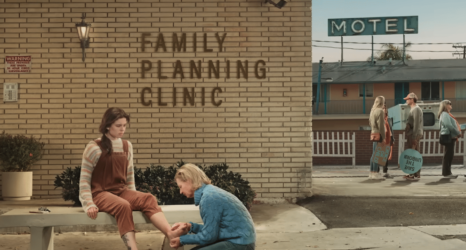When women are excluded from the narrative, our voices become diluted and our stories go untold, to the diminishment of all.
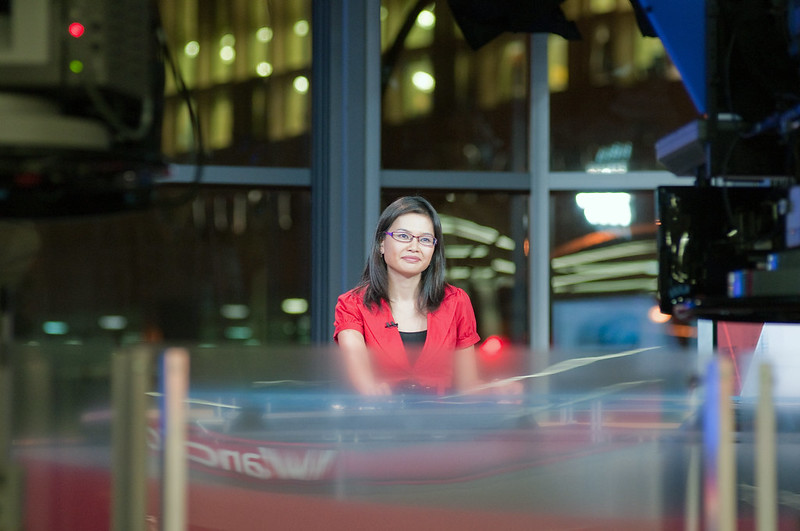
By now you’ve likely seen the disappointing figures on how women have been pushed out of the work force four times the rate of men, as the demands the pandemic places on families add to the weight of parenting, managing a household, and often, caring for extended family.
But as we celebrate Women’s History Month in March, we should heed reminders that when women are excluded from the narrative, our voices become diluted and our stories go untold, to the diminishment of all.
I thought about this recently when I moderated a panel for the News Literacy Project in partnership with CNN Worldwide called “Women on the Frontlines of News Reporting.” The incredible lineup featured anchor, author and NLP National Leadership Council Member Alisyn Camerota; chief international correspondent Clarissa Ward; weekend anchor Fredricka Whitfield; senior vice president and chief diversity and inclusion officer of WarnerMedia News Johnita Due; and senior vice president and editor-in-chief of CNN Digital Worldwide, Meredith Artley.
The conversation centered on how women in newsrooms contribute to a better-informed and more news-literate public. They represent the strides that women have made in forging new paths and leaving their mark on history. But this reality is a recent one. For many years, women played less visible roles in national and international media, doing their jobs while fighting for their seats at the leadership table.
It reminded me of heroes of the past whose full legacies are still unearthed—the women who cracked the glass ceilings that my CNN panelists have broken through. The pioneering women who risked their lives and based their careers on investigating truth, pursuing justice and preserving hope.
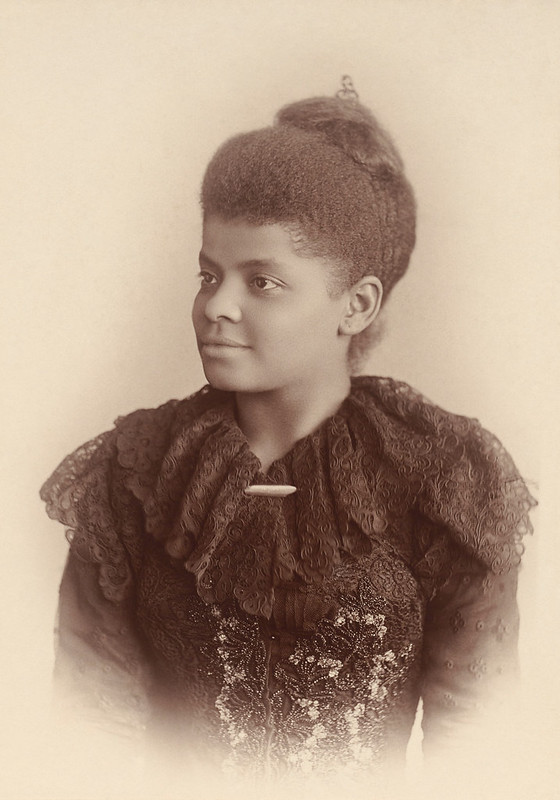
One such journalist was Ida B. Wells. It took nearly nine decades after her death, but last year Wells was honored with a Pulitzer Prize. Born into slavery in 1862, Wells became a journalist and civil rights icon. She traveled throughout the deep South after the Civil War, risking her life to investigate the lynching of Black men.
But her role as an investigative journalism trailblazer is often under-recognized. Wells did exhaustive research and conducted in-person interviews to document her work, “a process that laid the groundwork for modern investigative techniques,” according to the Poynter Institute.
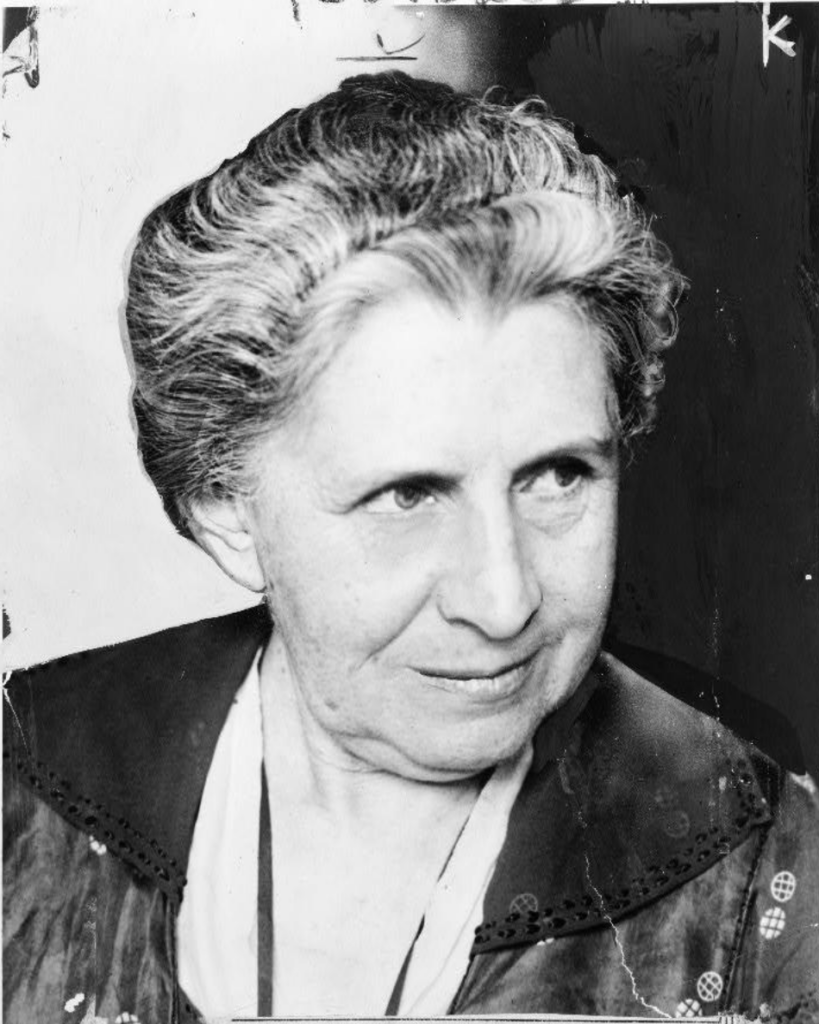
Her contemporary, Ida Tarbell, was one of the original “muckrakers,” whose work at McClure’s Magazine helped establish the field of investigative journalism.
Her thoroughly reported book The History of the Standard Oil Company, first serialized in McClure’s, laid bare the unfair practices of unbridled monopoly and contributed to the company’s breakup under the Sherman Antitrust Act. The book is still an investigative reporting touchstone.
Alice Allison Dunnigan made her mark midway through the 20th century. She was the first Black female journalist accredited to cover the White House. The daughter of a sharecropper, she trained as a teacher, then moved to Washington, D.C., for civil service work. She took classes at Howard University and began writing for Black-owned news outlets. In 1947, she became a member of the White House press corps, eventually joining President Harry Truman’s weekly conversation with reporters and his whistle-stop train tour for his 1948 re-election campaign.
Her work and her presence made a difference: “After Truman issued the executive order to desegregate the military, Dunnigan asked the president when he would integrate military schools around the nation. Kevin Dunnigan, her grandson, says that shortly after, Truman opened those schools to black service members, setting the stage for larger integration efforts to come,” according to a 2019 Kentucky Educational Television program. She was honored in 2018 with a statue at the Newseum in Washington, 35 years after her death.
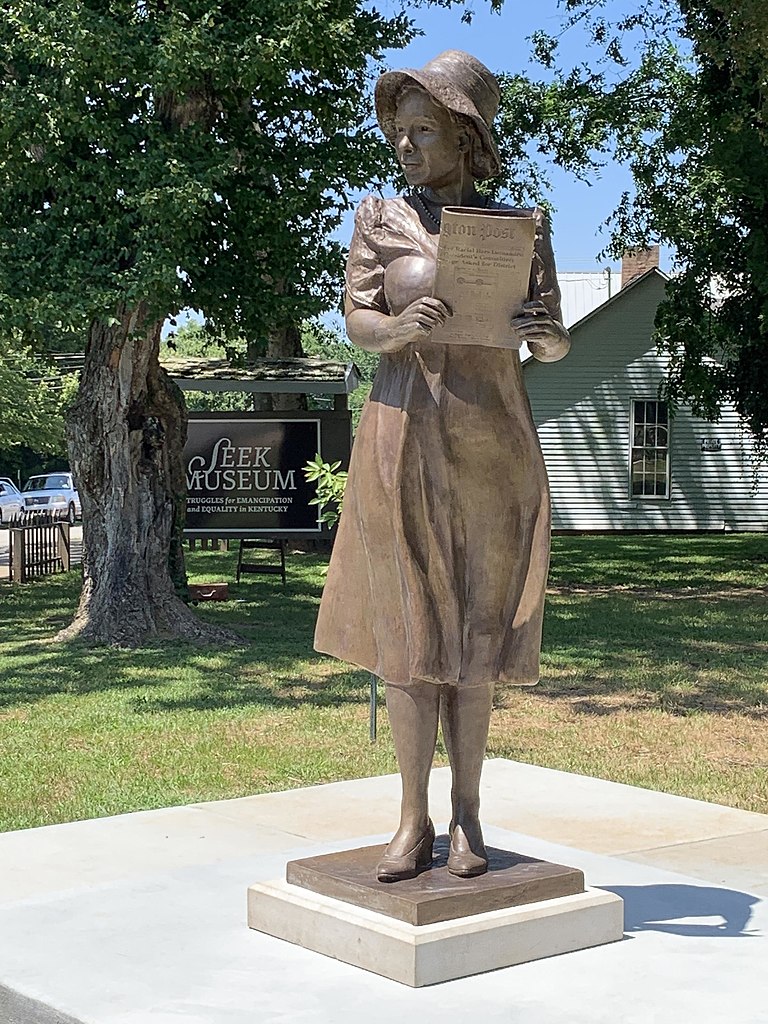
Some barriers have remained even in recent decades. For example, K. Connie Kang, thought to be the first Korean woman reporter in the nation, joined the Los Angeles Times in 1992. The Korean American Journalists Association called on the paper to hire a Korean-speaking reporter in the wake of riots that led to violence in neighborhoods with large Korean populations, where no Times reporters could speak the language. The paper soon hired Kang, and she enhanced its coverage of that community though the cultural understanding that she brought to her reporting.
There are countless others who did important work that was often overlooked or unheralded, but whose efforts opened new paths for all women. Because of them, journalists like my fellow CNN panelists are able to raise all our voices and make an impact.
But this month reminds us that we need to do more to ensure young women aren’t excluded and that they have the opportunities to help create a better-informed and more news-literate world.
Up next:





